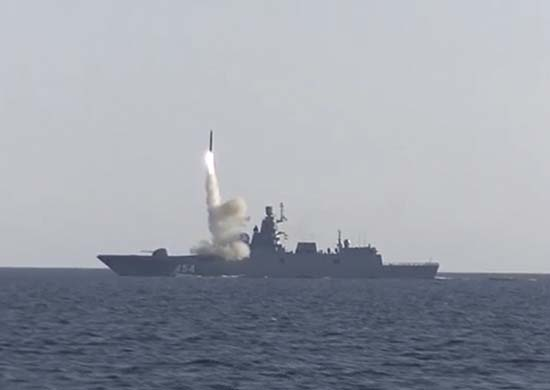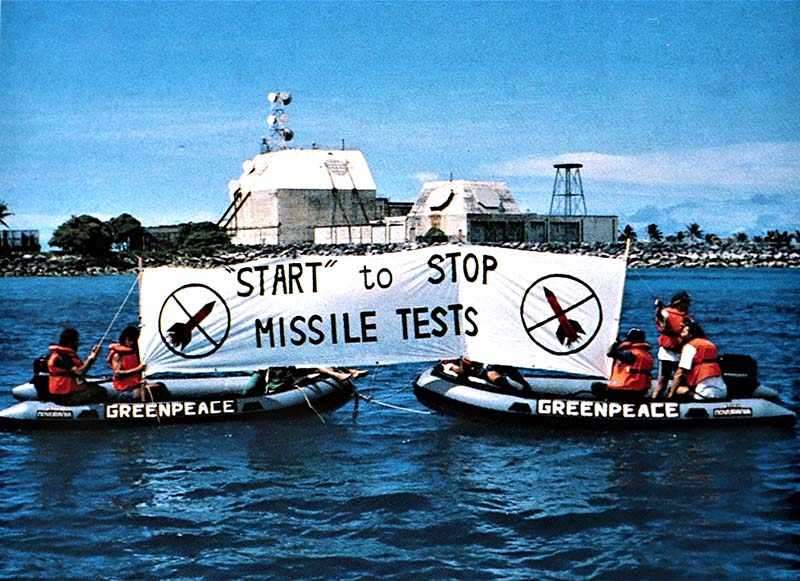Editor’s note: This article contains spoilers for A House of Dynamite
Nuclear madness is back on the table.
Last week, US President Trump instructed the Pentagon to immediately start matching other nuclear weapon states in their testing of nuclear weapons, particularly Russia and China.
It reminded me of a moment in A House of Dynamite, Kathryn Bigelow’s new apocalyptic war drama recently released on Netflix in Aotearoa.
In the film, when a nuclear missile is about to hit Chicago, despite it being from an unconfirmed origin, a US general asks the US president whether to retaliate by launching a nuclear strike against Russia, China and North Korea. The president exclaims, “This is insanity!” and the general replies, “No sir, this is reality.”
Fiction? Yes it is, but it represents the current logic applied to nuclear deterrence. The film ends on a cliffhanger, leaving viewers to contemplate the appalling outcome.
It’s a timely message.
The 2025 annual report of the Stockholm International Peace Research Institute (SIPRI) describes how Russia, China and the US are reportedly expanding and modernising their nuclear arsenals, including their intercontinental ballistic missiles (ICBMs).
So just at the time when the world desperately needs to be investing more in renewables and climate action, they are spending billions on new and more deadly ways to fight a nuclear war.
In February 2026, the START (Strategic Arms Reduction) Treaty between the US and Russia, which caps the numbers of nuclear weapons, will expire. After that, SIPRI says Russia could theoretically divert hundreds of warheads to its deployed missile delivery systems, potentially increasing its deployed nuclear arsenal by up to 60%
Since Russia’s full-scale invasion of Ukraine in February 2022, Moscow has carried out regular strikes into Ukraine using its (non-nuclear) missiles, including the hypersonic Zircon missile. Each attack is devastating in itself, but taken together, they make up a multi-year proving ground for refining Russia’s ballistic and cruise missile systems and related war-fighting tactics.
Just two weeks ago, Russia reportedly tested its ‘triad’ of nuclear weapons delivery systems, consisting of land-based ICBMs, submarine-launched ballistic missiles (SLBMs), and strategic bombers.
Then, just last week, President Putin announced that Russia had successfully tested its Burevestnik nuclear-powered, ground-launched, nuclear-armed cruise missile, which is reportedly designed to carry a 300 kiloton nuclear warhead and has an intercontinental range. That is 20-times the destructive power of the nuclear weapon the US dropped on Hiroshima.
The race to create more deadly missiles
Russia is not alone in modernising its ballistic missiles and developing new hypersonic missiles. Other nations are taking similar steps:
- In 2023, North Korea reportedly carried out four successful ICBM flight tests over the Sea of Japan, including its newest and most advanced Hwasong-18 missile, which can reach anywhere in the continental US. It is also developing SLBMs, which have a reported estimated range of 4,000 to 12,000 km and multiple warheads. They also reportedly tested a hypersonic missile last month.
- China reportedly has seven types of hypersonic ballistic and cruise missiles, several of which were officially unveiled during the 2025 China Victory Day Parade in Beijing. The same month, China reportedly carried out a flight test of a new variant of one of its intercontinental ballistic missiles, which was equipped with “hypersonic boost-glide technology”.
- India is reported to have successfully tested a hypersonic cruise missile in July 2025. They are also reportedly developing a long-range hypersonic missile for readiness in 2029 and preparing a new long-range submarine-launched hypersonic ballistic missile for sea trials.
- The US is reportedly developing and testing a long-range hypersonic missile (Dark Eagle) and a hypersonic attack cruise missile, which is due for delivery in 2027.
- Britain is due to have a hypersonic cruise missile operational by 2030 after announcing a successful static test of a high-speed air-breathing engine concept in cooperation with the US in April 2025.
- France is developing its own nuclear-armed air-launched hypersonic cruise missile, which is due for deployment on its Rafale F5 jets in 2035.
- And Pakistan’s Air Force has reportedly announced the existence of a hypersonic missile capability as part of a wider modernisation of its military.
This means all of the declared nuclear weapon states have either developed or are testing hypersonic missile technologies.
In addition, Iran reportedly has a medium-range hypersonic missile. Australia, Germany and Japan have reportedly started to pursue hypersonic weapon development. South Korea and nuclear-armed Israel have also reportedly started “foundational” research on hypersonic weapons.
Hypersonic missiles pose a uniquely destabilising threat. Travelling at over five times the speed of sound and capable of altering their path while in flight, they reduce the already small window for decision-making for any defensive response.

Unlike conventional ballistic missiles that follow a more predictable arc flight path, hypersonic weapons can glide and maneuver within the atmosphere, making them extremely difficult to predict and intercept with existing systems. This undermines the logic of nuclear deterrence, potentially increasing the feasibility and survivability of a “first strike”. It’s this shift that’s driving the new hypersonic arms race.
All this is unfolding against a backdrop of active wars and armed conflicts and the insanity of “mutually assured destruction.” Now, with newer and deadlier delivery systems like ICBMs, SLBMs, and hypersonic missiles in play, the balance is more fragile than ever.
Throw in volatile, autocratic leaders and the rise of unqualified figures in military command, and the risk skyrockets. One misjudged move, one ego-driven decision, could trigger catastrophe.
US President Trump’s latest instruction to the Pentagon on testing nuclear weapons proves the urgent and growing need for renewed action. Without a brake on the further development of these new and destabilising weapons, the world risks walking into the nightmare scenario of nuclear war breaking out at hypersonic speed.
The way out of the new nuclear arms race
Nuclear warhead testing was stopped because millions of people around the world marched against it, scientists and technical experts proposed practical ways to verify and enforce a ban, and governments found the courage to voice their opposition.
During the Cold War, Greenpeace and many others (including successive New Zealand governments) successfully campaigned to end nuclear warhead testing and agree to a Comprehensive Test Ban Treaty (CTBT) as a practical step towards stopping the nuclear arms race.

After its agreement at the United Nations in 1996, it was followed by new disarmament and arms control agreements which led to superpower nuclear arsenals being greatly reduced and curbs on the production of nuclear weapons materials.
A global ban on new ballistic and hypersonic missile flight testing could offer a similar way to freeze the current race to develop faster and deadlier ballistic and hypersonic missiles.
Academics and analysts around the world, including some from Russia, China, India, the US and Britain, have voiced support for a moratorium on hypersonic missile testing, which could be a first step towards a flight test ban treaty.
Such a ban could operate through a robust verifiable agreement limiting the development and modernisation of ballistic and hypersonic missiles by ending flight testing, given that all new missile systems require thorough flight testing to confirm their performance.
Take action: Ask the government to propose a moratorium
Aotearoa has a long history of championing nuclear disarmament and arms control, including being an early supporter of the UN Treaty on the Prohibition of Nuclear Weapons, signing it in September 2017 and ratifying it in May 2018.
As a full member of the UN Conference on Disarmament (CD), Aotearoa should propose an immediate moratorium on new ballistic missile and hypersonic missile flight testing at the next session of the UN CD which opens on 19 January 2026 in Geneva, and is scheduled to run to 27 March 2026.
Take Action: email NZ Foreign Minister Winston Peters urging him to propose an immediate moratorium on new ballistic missile and hypersonic missile flight testing at the next session of the UN Conference on Disarmament in Geneva on 19 January 2026: [email protected]




